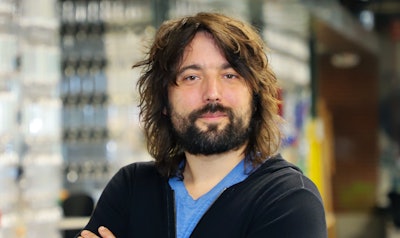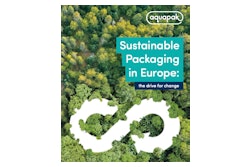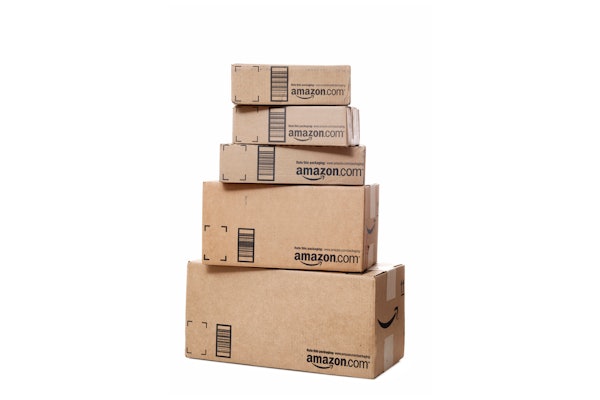
Is there really such a thing as a true closed-loop solution? Currently, most products are designed from a virgin mentality. That is to say, they’re designed based on the characteristics, including economic characteristics, of virgin materials. Many of these products have an incredibly short life; in fact, only 1% of total material flow in North America is still in use six months after sale. This has caused stakeholders to demand closed-loop solutions that recycle products back into the same products. How can we accomplish such a transition?
The current state of recycled content
Aluminum cans are the go-to example of a closed-loop solution. Recycled aluminum offers the same performance as pure aluminum, and it’s more cost-effective, as using it to make new cans requires 95% less energy. Aluminum is infinitely recyclable; there’s no limit to how many times it can be recycled while maintaining quality. This adds up to plenty of demand for used cans, which is why most recycling programs accept them.
In the world of plastics, we see a similar story with beverage containers. Clear, rigid, food-grade PET bottles are easy to recycle into new bottles. However, plastic can only be recycled a number of times before the quality degrades—a moot point until recycling rates become very high, as first-cycle material dilutes second and third cycle.
Recycled PET is also relatively competitive in price and performance with virgin PET. Because of this, the material is in high demand by many industries that span well beyond the beverage industry. The problem is that a backpack or shampoo bottle made from rPET cannot be made back into a beverage container.
 | Read related column from Tom Szaky, “What’s Needed to Scale Reuse?” |
The problem compounds because today, we don’t see backpacks made from backpacks or shampoo bottles made from shampoo bottles. Primarily, that’s because it doesn’t make economic sense for these items to be closed-loop. Certain characteristics—multi-component, multilayer, small, or dark in color—drive value out of the recycling process. The resulting material value from these products is often unable to cover the costs of collecting and processing them, so there’s little-to-no demand for recycling them. All of this means that creating a closed-loop solution for items like backpacks or shampoo bottles is more difficult and more costly than continuing to use virgin materials.
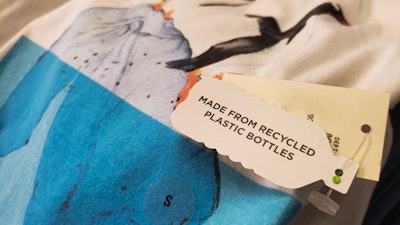 Recycled PET is in high demand by a number of industries, including textiles.
Recycled PET is in high demand by a number of industries, including textiles.
Going closed-loop requires investment
Closed-loop can exist for products other than beverage bottles. At TerraCycle, we’ve worked with Expo to make dry-erase pens out of dry-erase pens, and with Nature’s Way in Japan to make cosmetics caps out of cosmetics caps. We’re actively developing dozens of other closed-loop solutions in a variety of categories, from food and beverage to home and personal care.
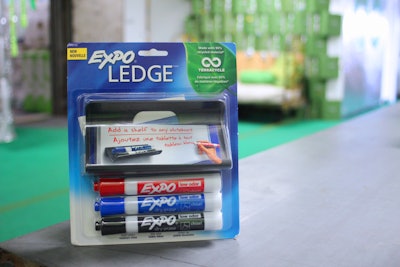 TerraCycle is working with Expo to recycle used dry-erase pens into new dry-erase pens.
TerraCycle is working with Expo to recycle used dry-erase pens into new dry-erase pens.
1) Pen (not typically collected in curbside recycling bins): First you need to resource your R&D team to take used pens, develop a resin from that input, and test it on your pen production lines. This may have to be repeated until the right formulation is achieved. Then you may need to make compromises to your finished product (i.e., design changes to enable a closed loop); for example, if your initial product was white or light-colored, you may need to move to a darker-colored final product. Once you know what your closed-loop product design will be, you’ll need to develop the input supply chain, in other words, get your hands on lots of used pens. Because pens are not typically accepted in recycling bins, you’ll have to set up your own pen collection platform to accomplish this.
2) Shampoo bottle (often collected in curbside recycling bins): Again, resource your R&D team to take lots of used high-density polyethylene shampoo bottles, develop a resin, and test it on your production lines. You may again need to make some design changes, like adjusting the color or wall thickness of your bottle. You’ll also have to ensure that your company doesn’t have any internal rules preventing the use of material other than food-grade. Then you’ll need to find your input. To do that in this case, you’d contact material recovery facilities (MRFs) in your region to see if you can get them to sort this material out of their residual stream.
In both cases, you’ll have the PCR you need to go closed-loop, and you’ll have improved the recycling system by creating demand for more diverse types of material beyond food-grade, clear, rigid PET and HDPE, preventing “less-desirable” packaging materials from ending up in disposal.
Is it worth it?
Going closed-loop can be a significant challenge. But there is business logic. Competition for PCR is increasing (and what if beverage companies are successful in their lobbies to keep food-grade recycled polymers only for food-grade applications?). Plus, there’s the escalating public outcry against waste as well as impending legislation around sustainable packaging.
With all that said, the highest form of sustainable packaging is reuse, which is already being mandated around the globe. And ultimately, while recycling and reuse both have their place, the true solution is to stop waste at the source. We all need to vote for a better future by buying less.
